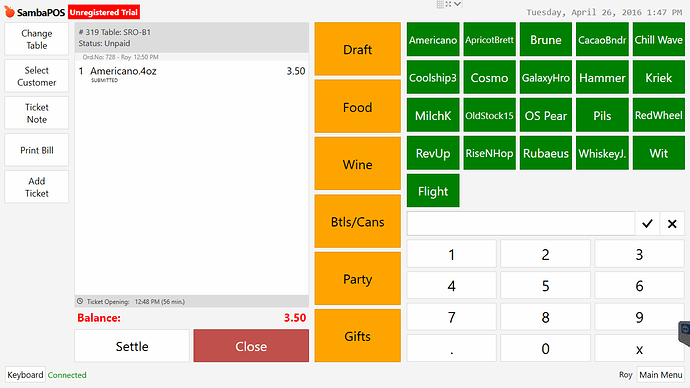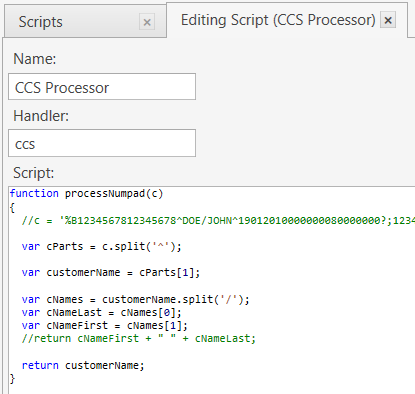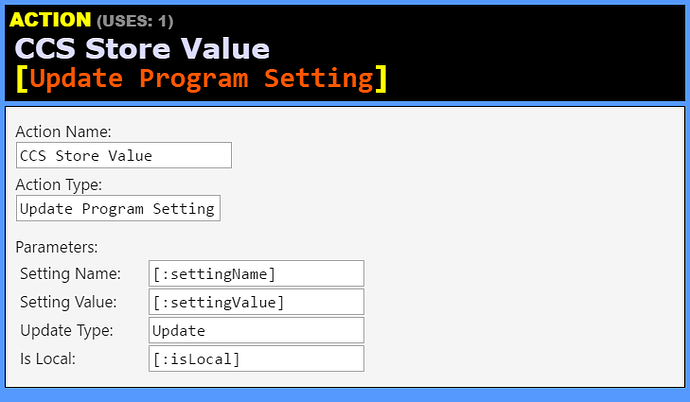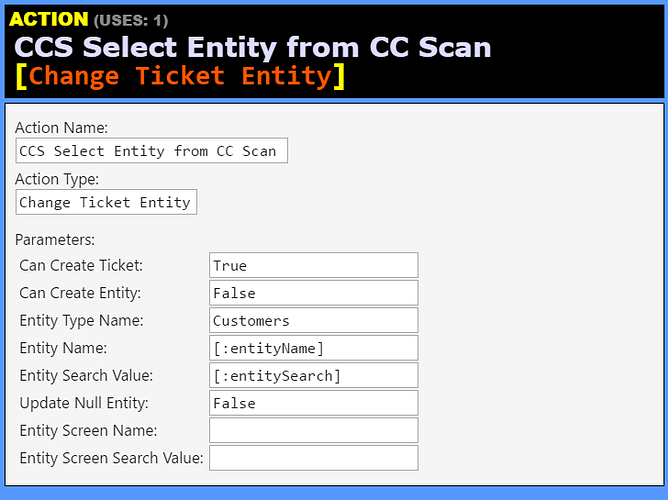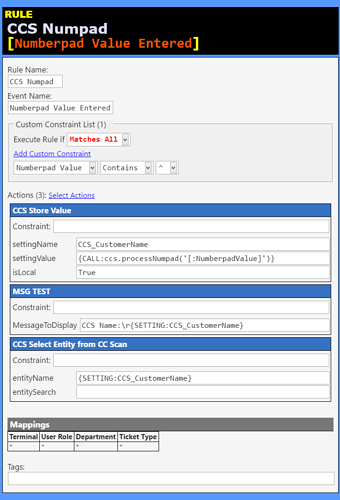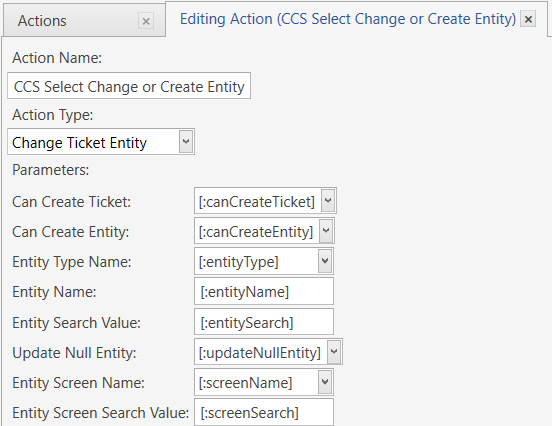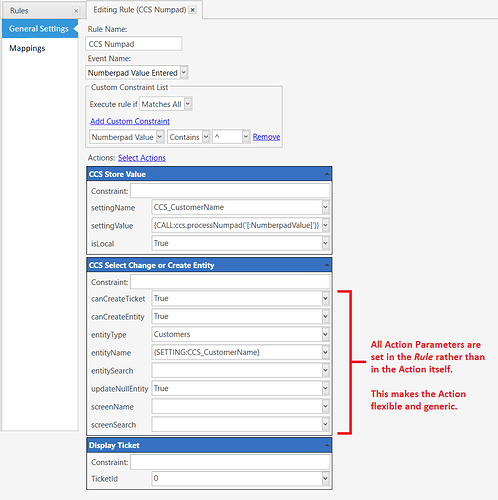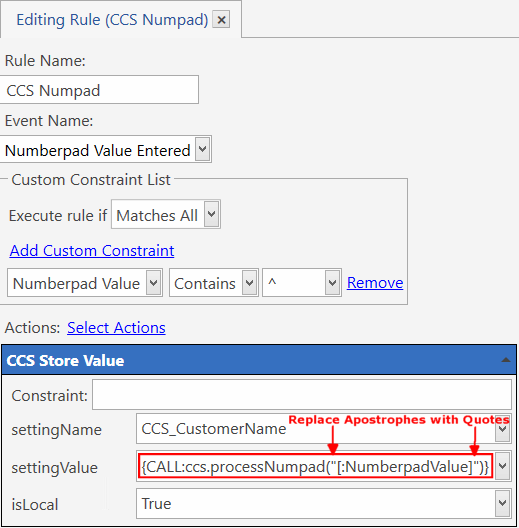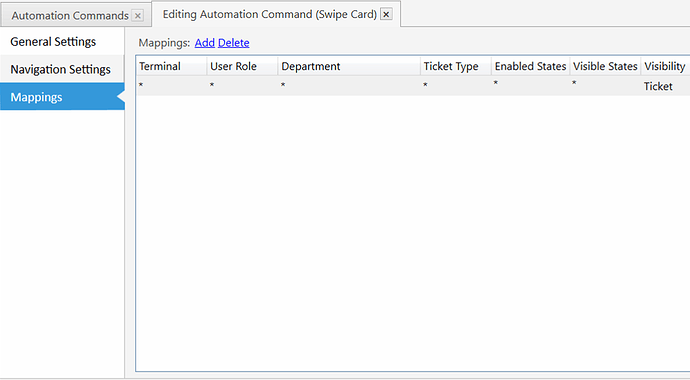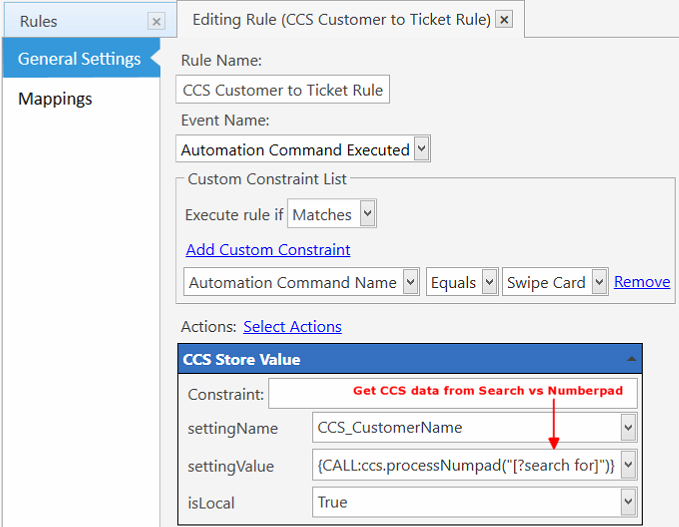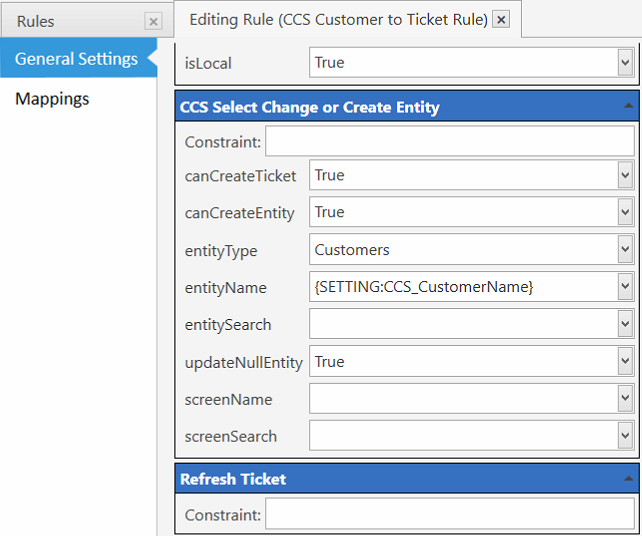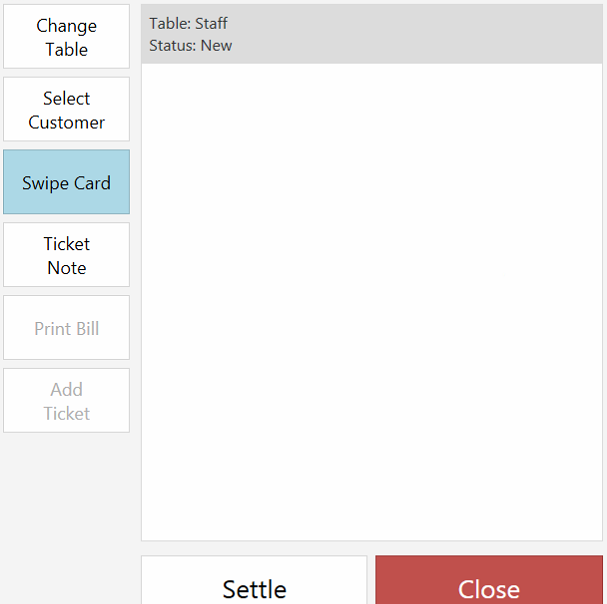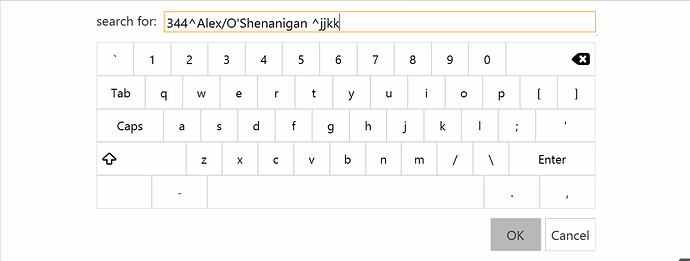Hey, all. First time poster here, but longtime adorer of SambaPOS and the community.
I’ve been searching for a way to expand upon what was asked about here.
For my use case, I’d like to be able to select a customer by swiping their credit card from the Ticket Order screen.
After reading the topic I linked to above, I do realize that most of the capability is already there. When I swipe the credit card, it is entered into the number pad and performs a search. The problem is there are special characters in the credit card that are “breaking” the search. The offending character seems to be the caret ^ based on my testing. Here is the format of the string from the credit card swipe.
%B1234567812345678^DOE/JOHN^19012010000000080000000?;1234567812345678=19012010000008000000?
The way I discovered this was by adding a custom field to the Customers entity and adding the credit card swipe info there. I then went to the Customers Search screen and swiped the card, but the Customer entity would never show up until I removed both carets from the search field. Once they were removed, any characters before or after the carets would find the right customer entity by matching the custom field I created.
Ideally, I would not want to store any customer credit card data as I would prefer to avoid any potential liabilities involved with that. I would prefer to find a solution that takes that full credit card swipe string and parses it by looking for the carets and only using the data between them (LAST NAME/FIRST NAME) for the search. As a workaround, I’m just going to have our staff go to select customer screen and swipe the card then manually remove all of the strings before and after the carets as even that will help us by preventing us from having to type in the name.
My purpose for this is to speed up adding a customer’s name to our tickets when we are taking their orders. We run a pretty busy craft beer taproom and this would be a great help. We’re using Surfaces to take customers orders at their table and typing on those screens slows us down quite a bit. Especially because our bar is dark so it’s hard to read the names from the cards.
We are not using the magnetic readers to take final payment. We’re only using them to facilitate the assignment of customer names to the tickets. We currently use Square to take payments, but we will be switching to PayPal soon as Square does not work with Surfaces.
Thank you all.
